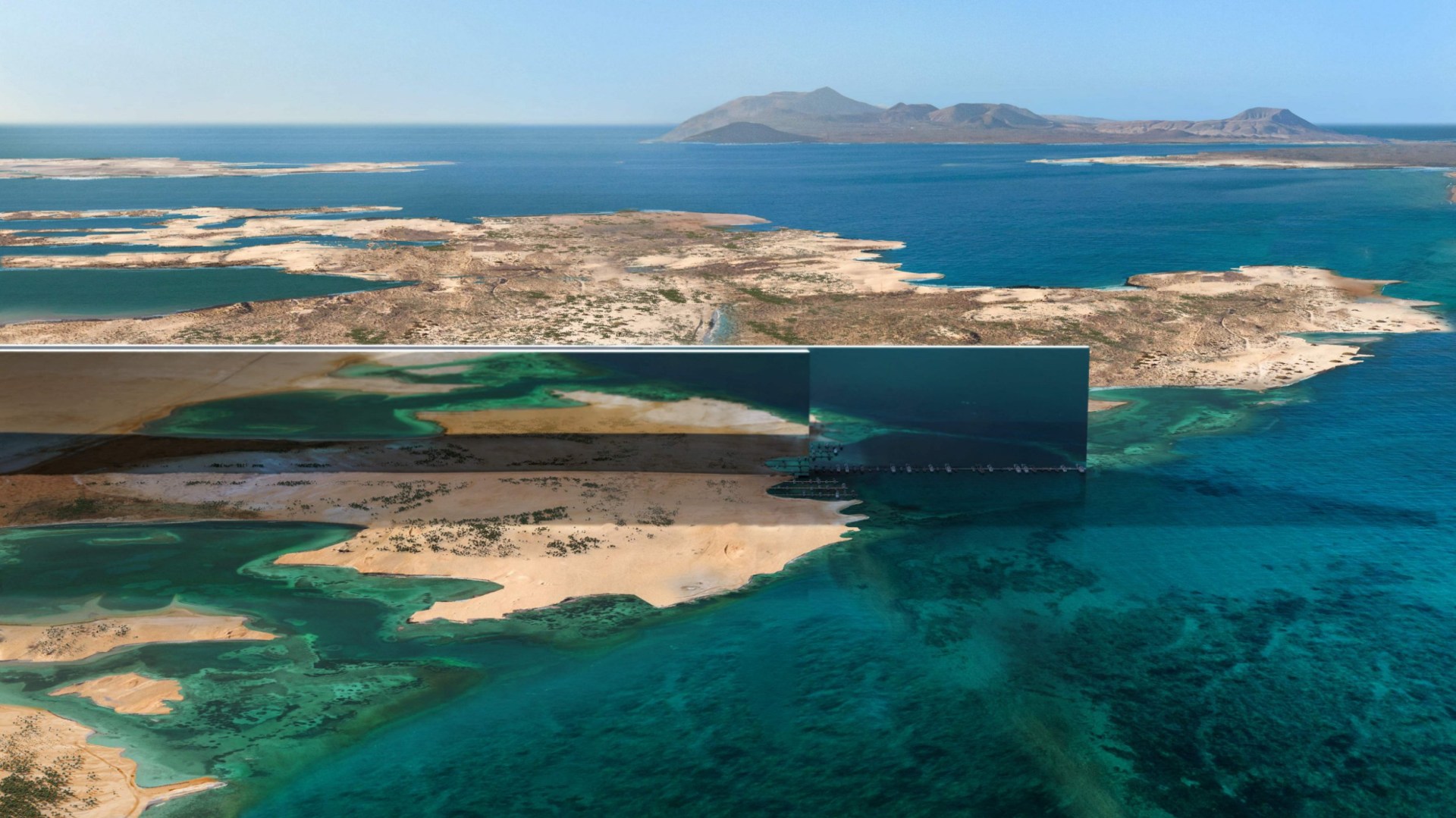The Line: A Vision for a Futuristic City in the Desert
Saudi Arabia’s ambitious £1.2 trillion plan to revolutionize the way people live is currently undergoing a re-evaluation to determine its feasibility. At the heart of this initiative is “The Line,” a futuristic city designed to transform the desert into a solar-powered metropolis that will house 9 million people across a 105-mile stretch of mirror-clad skyscrapers, stretching from the mountains to the Red Sea.
Originally, the project aimed to have 1.5 million residents settled by 2030. Crown Prince Mohammed bin Salman envisioned it as a symbol of timeless grandiosity, comparable to the pyramids of Egypt. However, the project has now entered a new phase of evaluation. External consultants are reportedly reviewing whether the project can still be realized.
This review comes at a time when Saudi Arabia is facing financial challenges. The drop in oil prices has increased the country’s deficit, prompting a reassessment of large-scale projects. Despite these concerns, Neom, the organization behind The Line, maintains that the project remains a strategic priority. In a statement, a spokesperson for Neom said, “As is typical with large-scale, multiyear projects, strategic reviews are common practice and occur several times over the course of a major development project or infrastructure program. The Line remains a strategic priority and Neom is focused on maintaining operational continuity, improving efficiencies and accelerating progress to match the overall vision and objectives of the project.”
Tolong support kita ya,
Cukup klik ini aja: https://indonesiacrowd.com/support-bonus/
Financial Challenges and Workforce Adjustments
Earlier this year, an investor reportedly dismissed some workers involved in the project, according to a document seen by Bloomberg. Further employee dismissals could occur if Saudi Arabia continues to face financial difficulties. This uncertainty has raised concerns among those working on the project, especially those involved in creating an AI oasis for the ultra-rich.
The Line is part of a broader vision for Neom, which includes an eight-sided port, an industrial city floating on the Red Sea, and a luxury tourist island called Sindalah. This island features a global yachting hub and is another example of the kingdom’s lavish investments. However, the Public Investment Fund has yet to approve this year’s budget for Neom’s city and its tech revolution.
The Vision for Neom
Announced in 2021, the vision for Neom includes a city filled with green spaces, free of cars, and with all daily needs within a five-minute walk. More than 100 million cubic metres of sand have already been moved as contractors excavate a 75-mile canyon in the desert. A tree-lined canal will run through the middle of the city, connecting towering skyscrapers.
Residents will enjoy a marina for superyachts, a members-only beach club, a luxury golf resort, and a sports stadium 1,000ft above ground. Additionally, a network of robots and AI will be used to make life even more convenient for residents.
Criticisms and Environmental Concerns
Despite the grand vision, The Line faces significant criticism. Critics argue that the project poses threats to both people and wildlife. Tribes have been displaced to make way for construction, and there have been reports of security forces shooting dead a resident. Bird experts warn that the city could become a “death trap” for millions of migratory birds traveling between Europe and Africa each year.
Professor William Sutherland, director of research in Cambridge University’s zoology department, stated, “Birds flying into tall windows is a serious problem, and this is a building that is 500m high going across Saudi Arabia, with windmills on top. It’s also kind of like a mirror, so you don’t really see it. So unless they do something about it, there’s a serious risk that there could be lots of damage to migratory birds.”
The Future of The Line
With ongoing evaluations and financial uncertainties, the future of The Line remains uncertain. While the project aims to redefine urban living, it must address environmental concerns and financial challenges to move forward. Whether it becomes a reality or remains just a line in the sand is yet to be determined.







